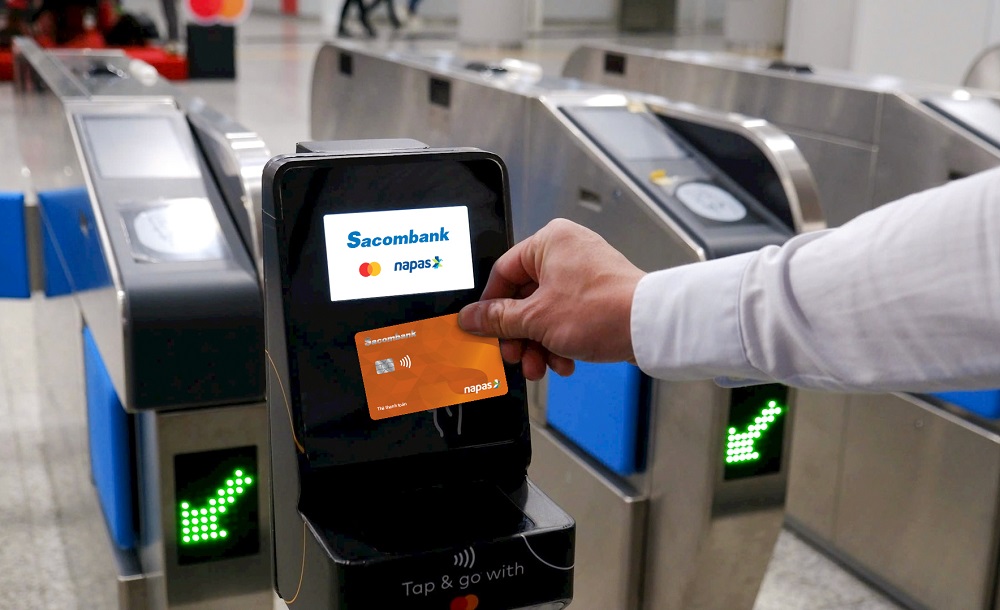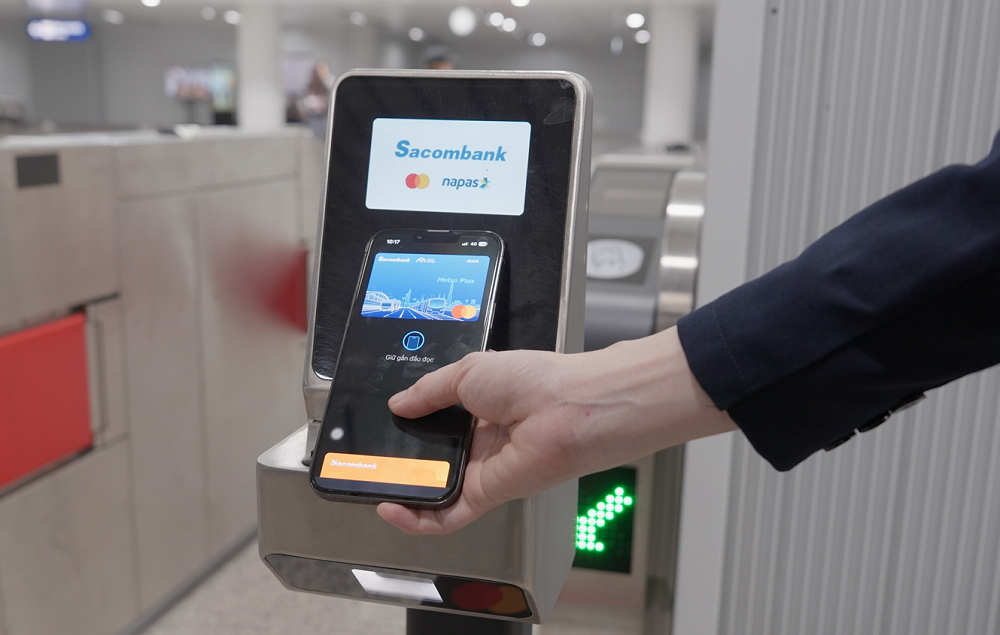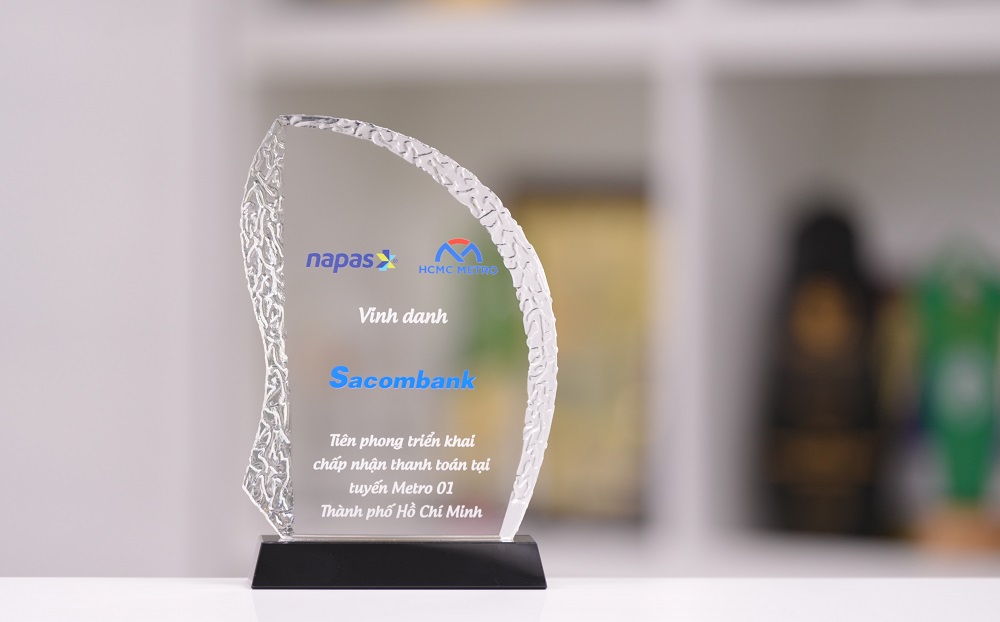Smart payment: A driving force for green and sustainable transportation
07/03/2025
The automated payment system at Metro Line 1 (Ben Thanh - Suoi Tien) has received positive feedback from passengers due to its speed and convenience.
The trend of green transportation is increasingly crucial in sustainable development strategies. Many countries have committed to investing in green transport infrastructure to reduce emissions and protect environmental resources, and Vietnam is no exception.
However, encouraging people to abandon personal vehicles and adopt public transport as a habit remains a complex challenge. Solving this requires a combination of factors, including integrated and well-connected public transport infrastructure, supportive policies from local authorities, a diverse range of transportation options for route optimization, and modern, user-friendly public transport services.
Smart transportation with cashless payment
Vietnam currently operates three metro lines in its two largest cities: Cat Linh – Ha Đong (launched in 11/2021), Nhon – Hanoi Station (launched in 8/2024), Ben Thanh – Suoi Tien (launched in 12/2024)
Unlike Hanoi’s metro lines, where passengers must use cash to buy tickets or tokens, the Ben Thanh – Suoi Tien line introduces an automatic payment system using Open-loop technology. This allows passengers to pay seamlessly with bank cards, e-wallets, QR codes, Apple Pay, and Samsung Pay. This implementation marks a significant step toward modernizing Vietnam’s public transport system.

Passengers quickly pay for Metro Line 1 rides using Apple Pay.
With increasing urbanization and rising travel demands, modern payment methods are vital in enhancing user experience and encouraging more people to choose public transport. As commuting becomes easier, people will be more motivated to shift away from personal vehicles, helping to reduce urban congestion.
Additionally, cashless payment solutions optimize operational efficiency, reducing the need for paper and plastic tickets. This leads to a significant decrease in traditional ticket waste, conserving natural resources and minimizing pollution. Faster transactions also improve transportation efficiency, lowering emissions. Thus, electronic ticketing not only enhances the user experience but also contributes to a greener, more sustainable urban environment.
Looking ahead, as urban rail systems expand nationwide, other public transport options such as buses, electric buggies, and waterway buses… are expected to integrate with electronic ticketing. This will create a diverse, interconnected public transport “ecosystem” where passengers can switch between modes of transport without payment hassles. Such advancements will help major cities like HCM develop Transit-Oriented Development (TOD) models, where urban planning is centered around public transportation networks.
The banking sector boosts digital payments for urban transport
The successful rollout of modern payment solutions for public transportation in Vietnam would not be possible without the strong support of banks and financial institutions.
On the Ben Thanh – Suoi Tien metro line, the automated ticketing system is a result of collaboration between Sacombank, Mastercard, NAPAS, and other technology partners.
After nearly three months of operation, the system has received positive feedback from passengers for its convenience, security, and efficiency. Currently, passengers with Mastercard or NAPAS cards can tap their cards directly at ticket gates, purchase tickets at counters, or use apps like Momo and HCMC Metro HURC to generate QR codes for metro access. For monthly pass holders and eligible free-riders (such as war veterans, people with disabilities, seniors aged 60+, and children under six), the system also supports metro access via Vietnamese Citizen ID cards. By March, the automated payment system will begin accepting VISA cards, with plans to expand to JCB, UnionPay, and American Express soon.
“Sacombank is honored to collaborate with HURC1, Mastercard, NAPAS, and technology partners in developing and integrating an Open-loop electronic ticketing system for Metro Line 1. Vietnam’s metro payment system has now reached regional and international standards, as many countries are just beginning to transition from closed-loop to open-loop models due to the superior advantages they offer. Sacombank remains committed to advancing seamless payment solutions, enhancing the commuting experience, and fostering a more connected, sustainable society,” stated a representative from Sacombank.
NAPAS honors Sacombank for pioneering cashless payments on Metro Line 1, enhancing modern commuting experiences.
The future of public transportation in Vietnam goes beyond merely expanding infrastructure, it also lies in how technology is used to reshape commuting habits. The collaboration between banks, payment networks, and tech companies will be instrumental in realizing the vision of a modern, integrated, and sustainable urban transport system.

